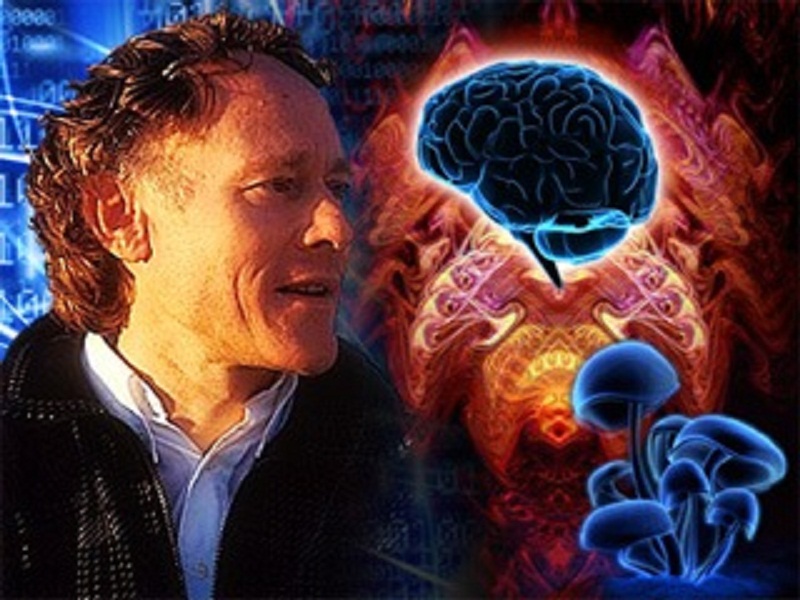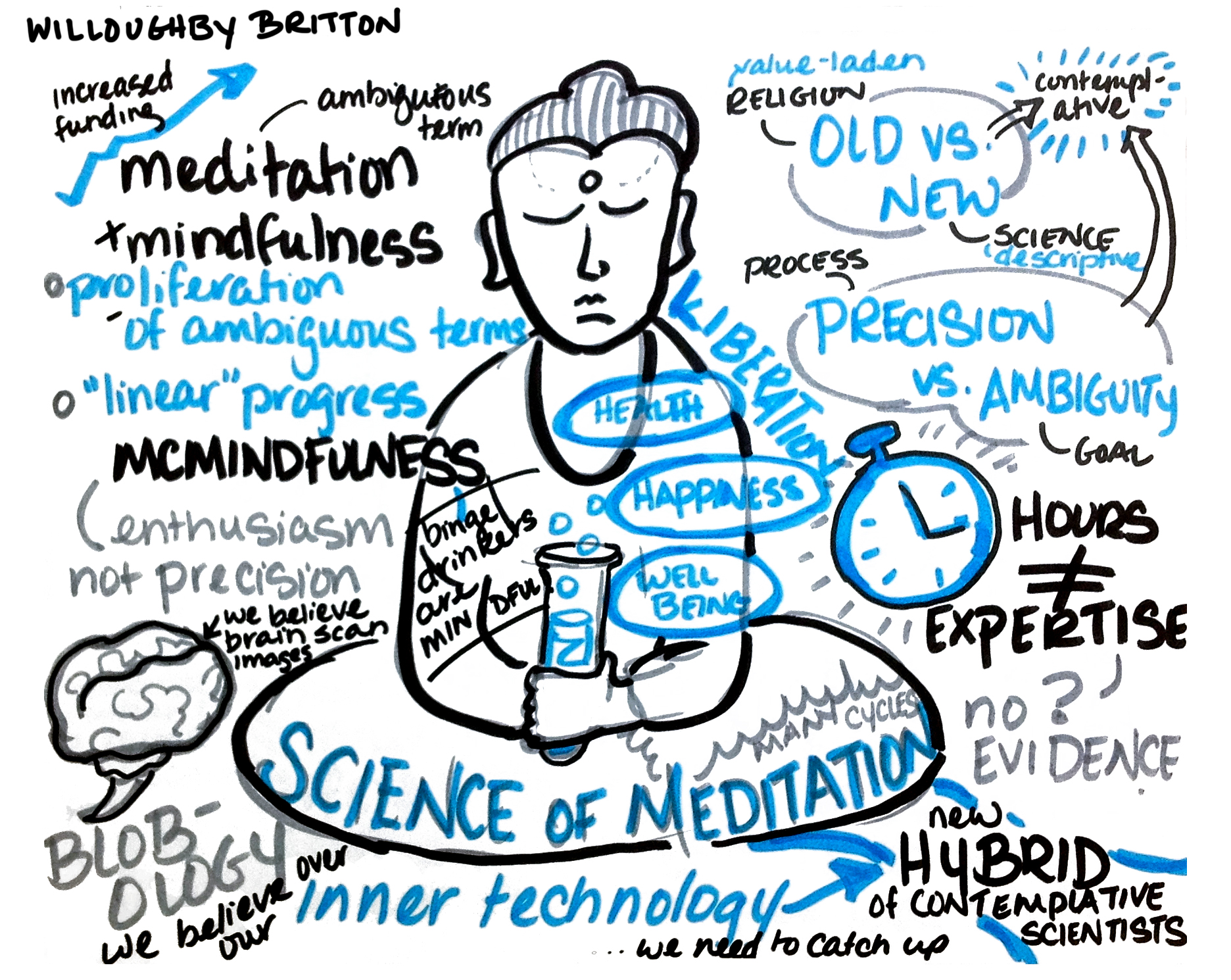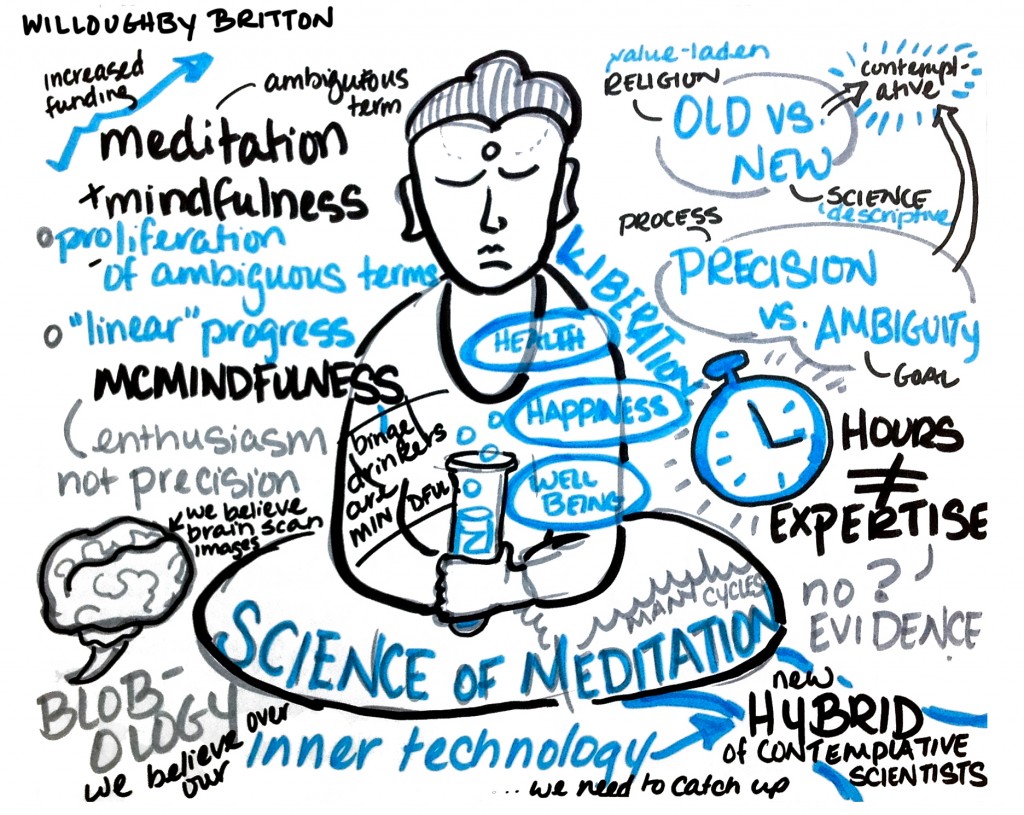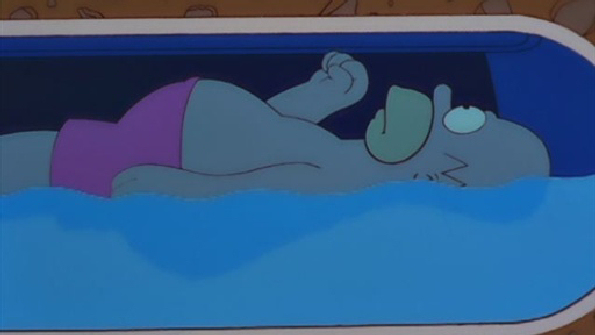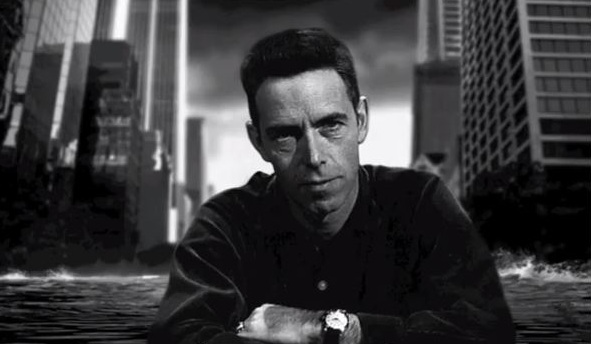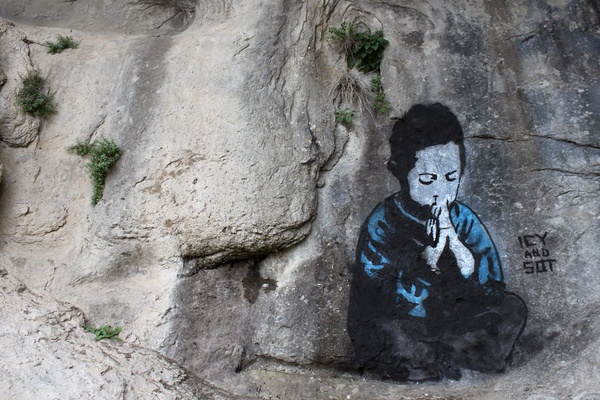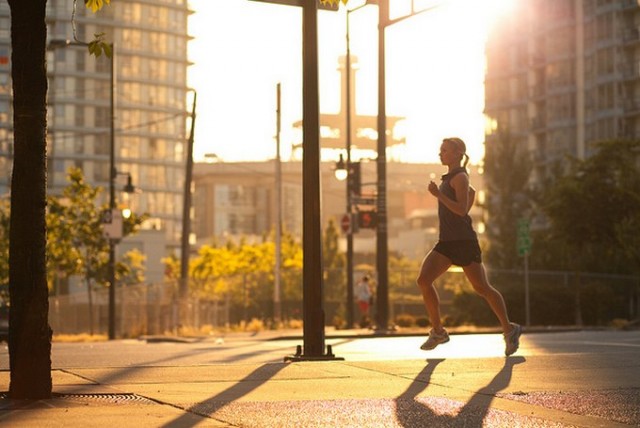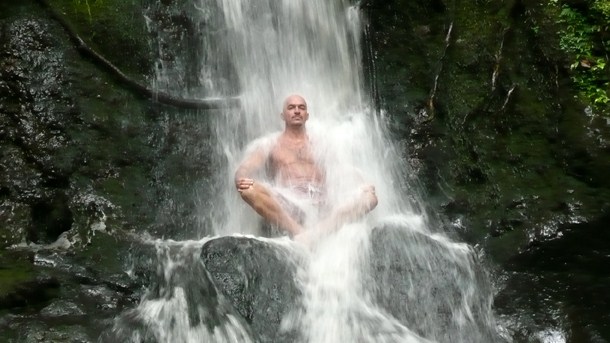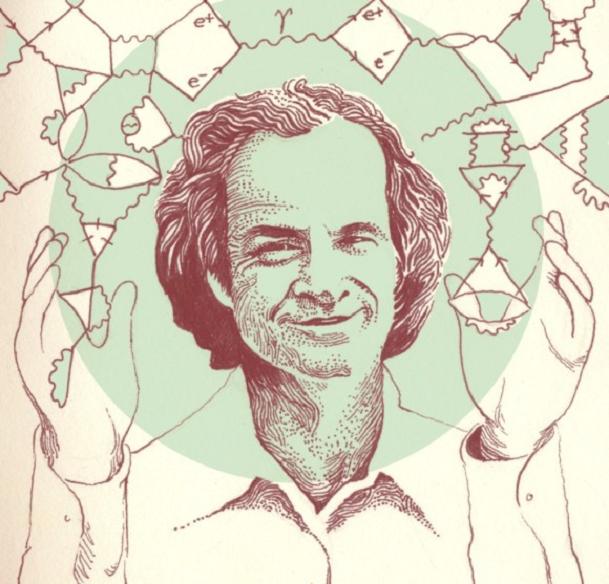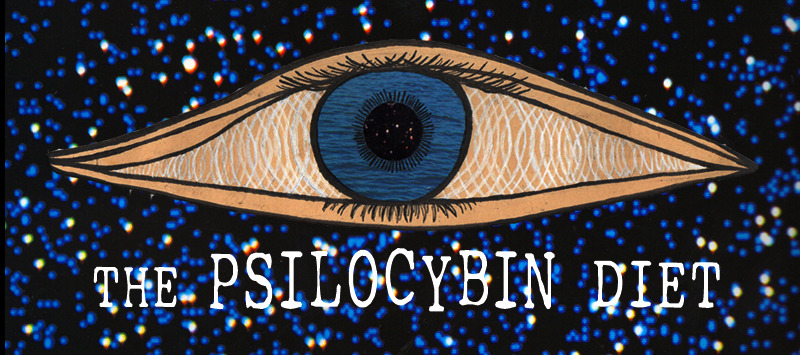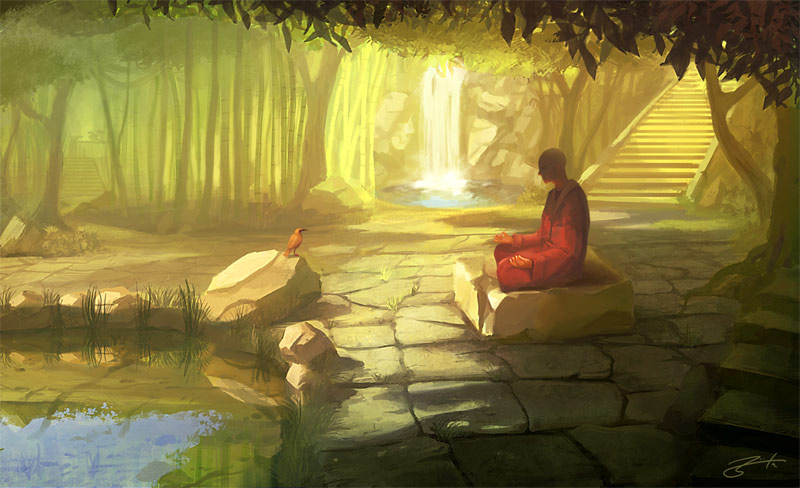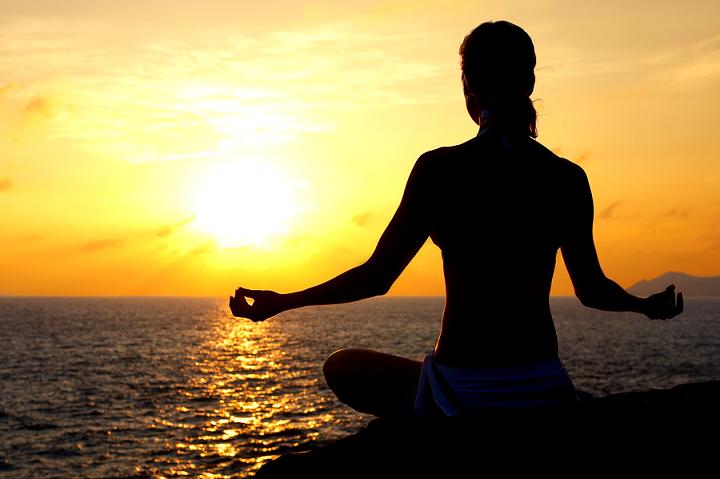The following selected excerpts are from Tripping as a Tool for Self-Realization, originally published on The Psychedelic Frontier.
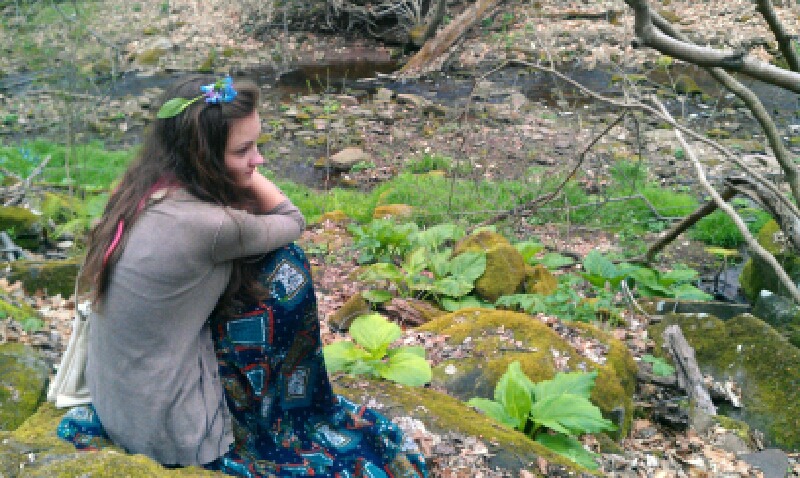 Psychedelics have a variety of uses, dependent on the user’s attitude. If you use them as intoxicants, you will become intoxicated. If you want to see pretty shapes and colors and “trip out” to music, then they will act as sensory enhancers. If you want a new mode of consciousness that leads you to experience life in a novel way, they will satisfy that urge.
Psychedelics have a variety of uses, dependent on the user’s attitude. If you use them as intoxicants, you will become intoxicated. If you want to see pretty shapes and colors and “trip out” to music, then they will act as sensory enhancers. If you want a new mode of consciousness that leads you to experience life in a novel way, they will satisfy that urge.
These psychedelics can go much deeper than recreation. Those who never choose to explore psychedelics more seriously than as intoxicants or sense-enhancers will miss out on their greatest potential. Why stop at pretty sounds and colors when these medicines can catalyze deep epiphanies and lasting change?
Psychedelics Breaks Down Mental Conditioning to Reveal the Self
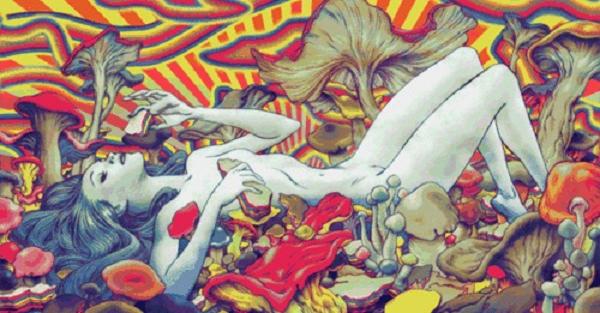 Psychedelics can show you your true self, dragging your insecurities and internal conflicts into the light for examination. Or mediate a conversation, even a partnership, with the subconscious. They unseat your deepest assumptions and lead you to question the most rigid of habits and biases.
Psychedelics can show you your true self, dragging your insecurities and internal conflicts into the light for examination. Or mediate a conversation, even a partnership, with the subconscious. They unseat your deepest assumptions and lead you to question the most rigid of habits and biases.
Psychedelics are molecular battering rams, crumbling the castle called Ego and raising from the rubble a profound feeling of pure love and unity. Your real self is revealed, defenses down, moat drained, drawbridge lowered. A trip may be the first time you have a free reign in your own mental kingdom. A molecule may be the truest mirror you ever held up to yourself.
Going Beyond Recreational Use of Psychedelics
 Myron Stolaroff, a researcher and advocate of psychedelic psychotherapy, describes how recreational use tends to taper off naturally:
Myron Stolaroff, a researcher and advocate of psychedelic psychotherapy, describes how recreational use tends to taper off naturally:
The use of psychedelics is self-regulating in most cases. Their true purpose is to enhance growth and interior development. Used only for pleasure, or abused, the Inner Self is thwarted, which leads to unpleasant experiences and depression. Though everyone who pursues the use of psychedelics for personal growth must be prepared for the “dark night of the soul” experiences, those who seek only entertainment will lose interest in these substances.
“Tripping with intent” is not an alternative method so much as a complementary one. People use psychedelics for all sorts of reasons—to improve sex, deepen their connection with nature and other people, explore their internal emotional landscape, and so on. A focus on self-improvement, with proper preparation, method, and post-trip integration, will help bring more meaning to all of these activities.
For the whole article “Tripping as a Tool for Self-Realization”, please visit The Psychedelic Frontier.

